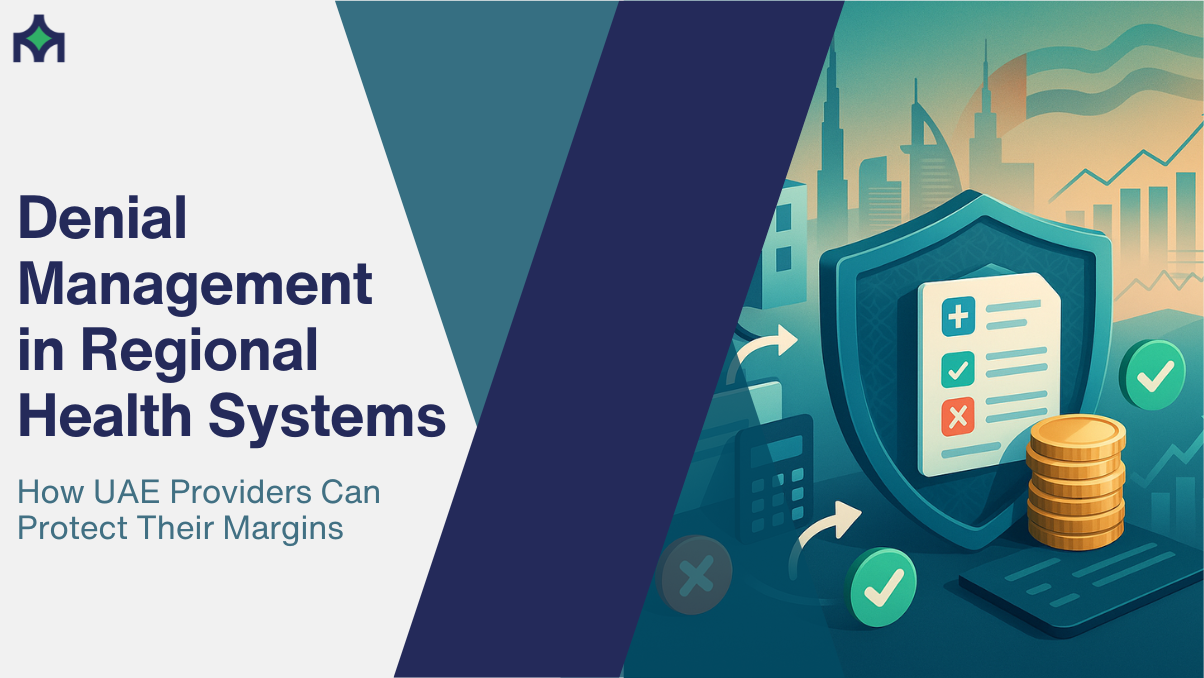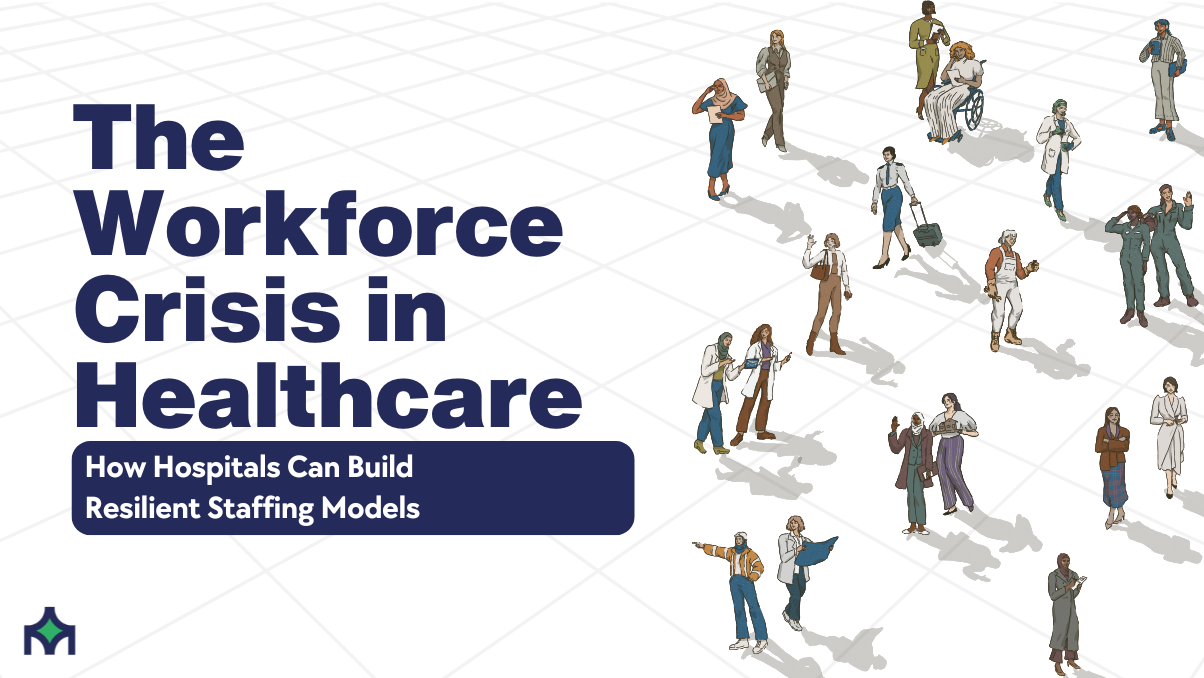Denial Management in Regional Health Systems: How UAE Providers Can Protect Their Margins
Denial Management in Regional Health Systems: How UAE Providers Can Protect Their Margins
Healthcare providers in the UAE face an increasingly critical challenge: claim denials that erode margins, strain cash flow, and undermine operational resilience. For regional health systems seeking to thrive in this dynamic insurance-driven environment, effective denial management is a strategic imperative.
The Growing Denial Pressure in UAE Hospitals
In recent years, UAE healthcare systems have reported claim rejection rates as high as 30% for some insurers, with an additional 15% of resubmitted claims still facing rejection. According to Gulf News (2018), Dubai hospitals alone saw denial rates rise from 10% in 2017 to 14% in 2018, highlighting an upward trend that continues to this day.
Compounding the issue, payment delays are common with insurers sometimes taking up to six months to settle claims, putting significant pressure on providers’ working capital.
Globally, the average denial rate now hovers around 11–12%, up from 9% just two years ago, according to the American Hospital Association (2024 Revenue Cycle Trends Report). For UAE hospitals, already navigating tight margins and regulatory complexity, proactive denial management is essential to financial health.
Why Denials Matter to the Bottom Line
- Lost Revenue: Industry analyses estimate that a 350-bed hospital can lose up to $3.5 million annually due to denied claims (The Fox Group, 2023).
- Rising Write-offs: Hospitals now write off nearly 90% more denials than they did six years ago (McKinsey & Company, 2024).
- Preventable Errors: Research suggests that up to 90% of denials are avoidable through better front-end accuracy and process discipline (Deloitte Middle East, 2024).
How to Build a Best-Practice Denial Management Strategy
1. Identify Root Causes and Track Trends
Start with robust data visibility. Categorize denials by reason, eligibility, coding, documentation, or authorization, and track them monthly. In the GCC, denial rates typically range from 10–20%, often concentrated in a few recurring categories (World Health Organization, 2024). Root cause analysis enables healthcare leaders to address problems at their source rather than constantly reacting to downstream rejections.
2. Strengthen Front-End Processes
According to Deloitte Middle East (2024), 41% of denials originate during patient access and registration, often due to incomplete or inaccurate data, missing pre-authorizations, or eligibility issues. Hospitals that invest in front-end automation and real-time verification tools can significantly reduce preventable denials before claims are even submitted.
3. Leverage Technology and Analytics
AI-powered analytics tools and predictive models can identify high-risk claims before submission. Black Book Research (2023) found that coding-related denials have surged by over 120% in recent years, driven by documentation complexity and fragmented systems. Integrating revenue cycle management systems with denial management dashboards allows providers to monitor claims in real time, enabling timely intervention and data-driven decision-making.
4. Build a Dedicated Denial Management Function
A specialized denial management team ensures continuous focus on revenue recovery and prevention. This cross-functional group spanning clinical, financial, and IT roles should own denial analytics, appeals, and process improvement. While appeals can recover lost revenue, prevention remains far more efficient and cost-effective (McKinsey & Company, 2024).
5. Measure, Report, and Reinforce
To maintain momentum, track KPIs such as:
- Initial and final denial rates
- Resubmission success rate
- Denials by reason code
- Average days in accounts receivable
- Total write-offs from denials
Regularly communicating these insights across departments reinforces shared accountability for revenue integrity (American Hospital Association, 2024).
Protecting Margins in a Competitive Market
The UAE’s healthcare sector continues to expand rapidly, fueled by growing patient demand, high insurance penetration, and new entrants. In this environment, operational efficiency and financial agility are key differentiators.
Denial management helps providers:
- Preserve cash flow and protect profit margins
- Reduce administrative costs
- Accelerate reimbursements
- Improve transparency with payers and patients
Ultimately, denial prevention frees up resources to reinvest in patient care, innovation, and workforce development driving long-term sustainability (Deloitte Middle East, 2024).
Conclusion
Denial management is more than a revenue cycle function; it’s a strategic competency that defines financial resilience. For UAE regional health systems, success lies in combining data intelligence, cross-functional collaboration, and proactive governance to turn denial challenges into margin protection opportunities.
By embedding denial prevention into operational DNA, UAE hospitals can move from reactive loss recovery to proactive financial stewardship strengthening both their fiscal health and their mission to deliver world-class care.
Sources:
- Gulf News (2018): “Dubai Hospitals See Rise in Claim Denial Rates”
- Deloitte Middle East (2024)
- American Hospital Association (2024)
- McKinsey & Company (2024): Hospital Financial Resilience in Emerging Markets
- The Fox Group (2023): Denial Management Benchmarks and Hospital Revenue Impact
- World Health Organization (2024): Healthcare Financing in GCC: Trends and Insights
- Black Book Research (2023): Global Denial Management Technology and Outcomes Study





